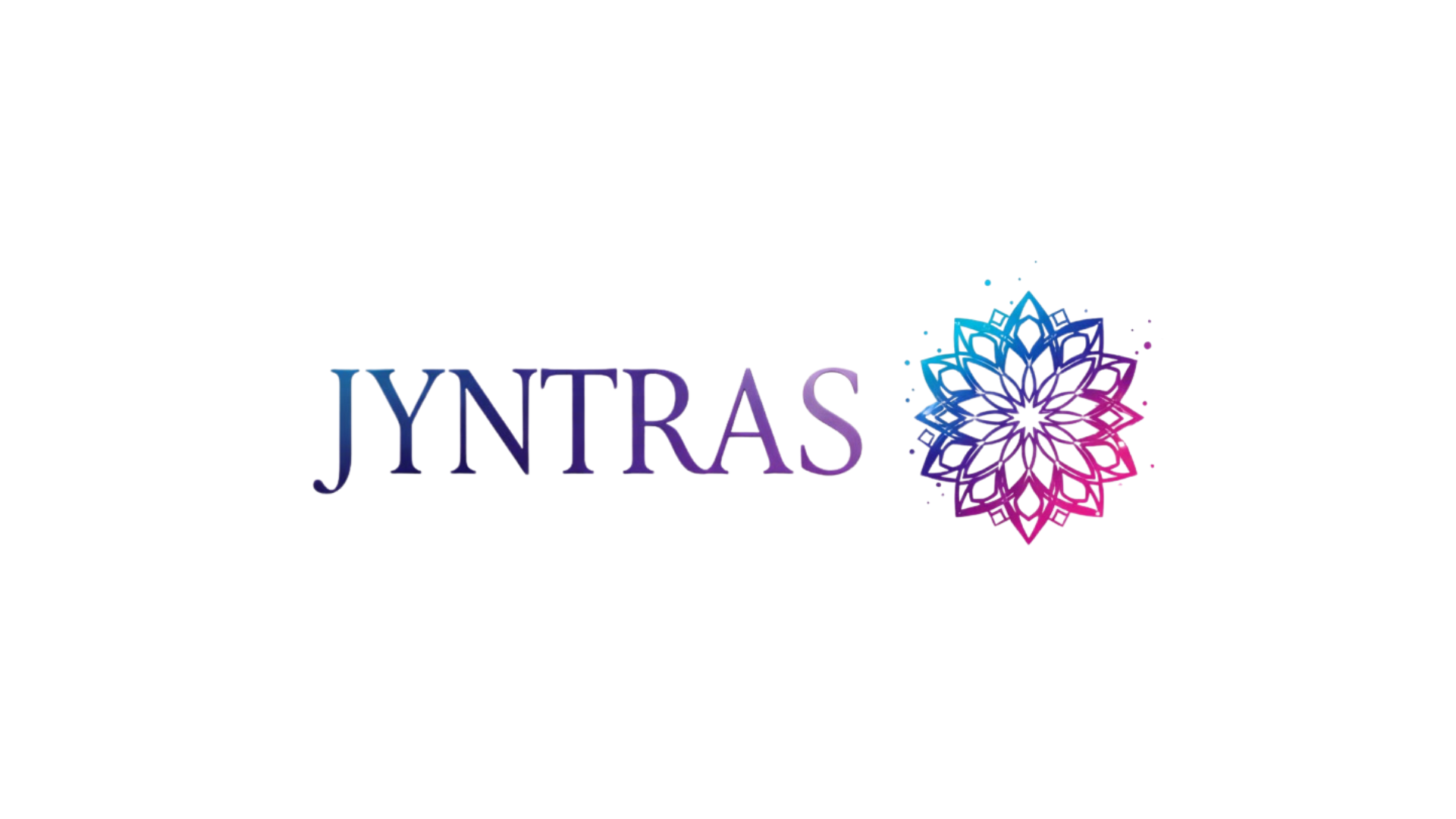Epigenetic data holds the key to understanding how our genes are expressed without altering the DNA sequence itself, revolutionizing personalized medicine and health insights. 🧬
The human genome project completed in 2003 gave us the complete sequence of our DNA, but scientists quickly realized that knowing the genetic code alone wasn’t enough. The real mystery lay in understanding why identical twins with the same DNA could develop different diseases, or why lifestyle changes could dramatically affect health outcomes without changing a single letter of genetic code. The answer? Epigenetics.
Epigenetic modifications act as a sophisticated control system that determines which genes are turned on or off in different cells and at different times. Think of your DNA as a massive library containing thousands of instruction manuals, and epigenetics as the librarian deciding which books are accessible and which remain locked away. This dynamic system responds to environmental factors, lifestyle choices, stress, diet, and even social experiences, creating a bridge between nature and nurture.
🔬 What Exactly Is Epigenetic Data?
Epigenetic data refers to chemical modifications and structural changes that occur on DNA and histone proteins without altering the underlying genetic sequence. These modifications create a layer of information beyond the genetic code itself, influencing how cells read genes and determining cellular identity and function.
The most common types of epigenetic modifications include DNA methylation, histone modifications, and chromatin remodeling. DNA methylation involves adding methyl groups to cytosine bases, typically silencing gene expression. Histone modifications change how tightly DNA wraps around histone proteins, affecting gene accessibility. Chromatin remodeling alters the three-dimensional structure of chromosomes, controlling which genetic regions are available for transcription.
Unlike genetic mutations that are permanent and passed down through generations following Mendelian inheritance patterns, epigenetic changes can be reversible and responsive to environmental influences. This plasticity makes epigenetics particularly exciting for therapeutic interventions and preventive medicine.
The Biological Mechanisms Behind Epigenetic Regulation
Understanding how epigenetic modifications work requires diving into cellular machinery that reads and writes these chemical marks. DNA methyltransferases (DNMTs) add methyl groups to DNA, while ten-eleven translocation (TET) enzymes can remove them. Histone acetyltransferases (HATs) and histone deacetylases (HDACs) modify histone tails, changing chromatin structure and gene accessibility.
These enzymes don’t work randomly. They’re recruited to specific genomic locations by transcription factors, non-coding RNAs, and other regulatory proteins that recognize particular DNA sequences or existing epigenetic marks. This creates a complex regulatory network where epigenetic modifications can propagate and be maintained through cell divisions, ensuring cellular identity is preserved.
DNA Methylation Patterns and Their Significance
DNA methylation represents the most studied epigenetic modification. In mammals, it predominantly occurs at CpG dinucleotides—locations where cytosine and guanine nucleotides are adjacent. Approximately 70-80% of CpG sites across the genome are methylated, with notable exceptions at CpG islands near gene promoters, which typically remain unmethylated to allow gene expression.
Aberrant methylation patterns are hallmarks of various diseases. Cancer cells often show global hypomethylation alongside regional hypermethylation at tumor suppressor gene promoters, effectively silencing protective genes. Age-related methylation changes create “epigenetic clocks” that can predict biological age more accurately than chronological age, offering insights into aging processes and age-related disease risk.
💡 Analyzing Your Personal Epigenetic Blueprint
Recent technological advances have made epigenetic analysis increasingly accessible. Whole-genome bisulfite sequencing (WGBS) provides single-base resolution of DNA methylation across the entire genome. Chromatin immunoprecipitation sequencing (ChIP-seq) maps histone modifications and transcription factor binding sites. Assay for transposase-accessible chromatin sequencing (ATAC-seq) identifies open chromatin regions where genes are likely active.
These techniques generate massive datasets requiring sophisticated bioinformatics pipelines. Analyzing epigenetic data involves quality control, alignment to reference genomes, peak calling, differential modification analysis, and integration with gene expression data. Machine learning algorithms are increasingly employed to identify complex patterns and predict phenotypic outcomes from epigenetic profiles.
Commercial Epigenetic Testing: What’s Available?
Several companies now offer consumer epigenetic testing services focusing primarily on biological age estimation and health risk assessment. These tests typically analyze DNA methylation at hundreds to thousands of CpG sites using array-based technologies or targeted sequencing, then apply algorithms to generate biological age estimates and health insights.
While these tests provide intriguing information, interpretation requires caution. Epigenetic patterns are tissue-specific, and most consumer tests use blood samples, which may not reflect epigenetic states in other organs. Additionally, the predictive power of epigenetic markers for individual health outcomes is still being refined through ongoing research.
🧪 Epigenetics in Disease Diagnosis and Treatment
Clinical applications of epigenetic analysis are expanding rapidly. Cancer diagnosis and classification increasingly incorporate epigenetic profiling, as methylation patterns can distinguish cancer subtypes more accurately than histology alone. Liquid biopsies detecting circulating tumor DNA with specific methylation signatures offer non-invasive cancer screening and monitoring options.
Neurological and psychiatric conditions also show distinctive epigenetic signatures. Depression, schizophrenia, autism spectrum disorders, and Alzheimer’s disease involve altered methylation and histone modification patterns in brain tissues. While accessing brain tissue is challenging, researchers are identifying peripheral biomarkers in blood that correlate with central nervous system epigenetic states.
Epigenetic Drugs: Rewriting the Code
Unlike traditional pharmaceuticals that target proteins, epigenetic drugs modify the enzymes that write, read, or erase epigenetic marks. DNA methyltransferase inhibitors like azacitidine and decitabine are FDA-approved for treating certain blood cancers. Histone deacetylase inhibitors such as vorinostat and romidepsin also have clinical applications in hematologic malignancies.
The therapeutic potential extends beyond cancer. Researchers are exploring epigenetic drugs for neurodegenerative diseases, metabolic disorders, and inflammatory conditions. The reversibility of epigenetic modifications makes them attractive therapeutic targets, though specificity remains challenging since these enzymes affect multiple genes simultaneously.
📊 Interpreting Epigenetic Data: Challenges and Considerations
Analyzing epigenetic information presents unique challenges compared to genetic sequencing. Epigenetic marks vary across cell types, developmental stages, and in response to environmental exposures, creating substantial heterogeneity even within individuals. A methylation pattern in liver cells differs dramatically from that in neurons or immune cells.
Temporal dynamics add another layer of complexity. Epigenetic states change throughout life, responding to diet, stress, infection, and countless other factors. A single epigenetic snapshot provides limited information without considering this dynamic nature. Longitudinal studies tracking epigenetic changes over time offer richer insights but require greater resources and commitment.
The Statistical Challenge of Big Data
Epigenomic datasets are enormous. A comprehensive methylation analysis examines millions of CpG sites, while histone modification mapping identifies hundreds of thousands of regulatory regions. Multiple testing correction becomes essential to avoid false discoveries, but overly stringent corrections may miss biologically meaningful changes with modest effect sizes.
Integrating multiple data types—methylation, histone marks, chromatin accessibility, gene expression, and phenotypic information—requires sophisticated computational approaches. Network analysis, pathway enrichment, and machine learning methods help extract meaningful biological insights from these complex, multidimensional datasets.
🌱 Environmental Influences on Your Epigenome
Your epigenetic landscape reflects your life experiences. Diet profoundly influences epigenetic patterns through availability of methyl donors like folate, vitamin B12, and methionine. Caloric restriction, intermittent fasting, and specific dietary components like polyphenols from green tea or sulforaphane from broccoli can modify DNA methylation and histone acetylation patterns.
Physical exercise induces beneficial epigenetic changes in muscle, fat, and brain tissues. Studies show that regular aerobic exercise alters methylation patterns at genes involved in metabolism, inflammation, and neuroplasticity. These changes may mediate many of exercise’s health benefits, from improved insulin sensitivity to enhanced cognitive function.
Psychological stress leaves epigenetic marks, particularly on genes regulating the stress response system. Chronic stress exposure, especially during early development, can create lasting epigenetic changes affecting mental health and stress resilience throughout life. Conversely, mindfulness meditation and stress-reduction interventions may reverse some stress-related epigenetic modifications.
Toxic Exposures and Epigenetic Damage
Environmental toxins including heavy metals, air pollutants, pesticides, and endocrine-disrupting chemicals alter epigenetic patterns. These modifications may underlie toxins’ carcinogenic and developmental effects. Prenatal exposure to certain chemicals can create epigenetic changes persisting into adulthood, affecting disease risk across the lifespan.
Tobacco smoke causes widespread epigenetic alterations, with some changes persisting decades after smoking cessation. Alcohol consumption similarly affects methylation patterns, particularly in genes regulating liver function and addiction pathways. Understanding these exposure-related epigenetic signatures aids in risk assessment and motivates behavioral changes.
🔮 The Future of Personalized Epigenetic Medicine
Precision medicine increasingly incorporates epigenetic information alongside genetic data to create comprehensive health profiles. Combining genomic sequences revealing disease predispositions with epigenetic patterns showing current gene activity states enables more accurate risk prediction and personalized intervention strategies.
Artificial intelligence and machine learning are transforming epigenetic analysis. Deep learning algorithms can identify complex epigenetic signatures predicting disease risk, treatment response, and health outcomes with unprecedented accuracy. As training datasets expand, these predictive models will become increasingly powerful tools for clinical decision-making.
Epigenetic Editing: The Next Frontier
Emerging technologies allow precise editing of epigenetic marks at specific genomic locations without altering DNA sequences. CRISPR-based epigenome editing tools fuse DNA-binding domains with epigenetic modifying enzymes, enabling targeted activation or silencing of individual genes. These technologies promise treatments for genetic diseases by correcting aberrant gene expression without permanent genomic changes.
Early-stage research explores epigenetic editing for conditions ranging from muscular dystrophy to metabolic disorders. The reversibility of epigenetic modifications offers both advantages—allowing fine-tuning of therapeutic effects—and challenges around maintaining desired epigenetic states over time.
🎯 Practical Steps to Optimize Your Epigenetic Health
While comprehensive epigenetic testing remains primarily in research and specialized clinical settings, evidence-based lifestyle interventions can beneficially influence your epigenome. Consuming a nutrient-rich diet with adequate folate, B vitamins, and methyl donors supports healthy methylation patterns. Colorful fruits and vegetables provide polyphenols and other bioactive compounds with epigenetic benefits.
Regular physical activity, sufficient sleep, stress management, and avoiding toxins all contribute to favorable epigenetic profiles. These interventions work synergistically, with combined lifestyle modifications producing more substantial epigenetic effects than individual changes alone.
Maintaining social connections and engaging in mentally stimulating activities may also support healthy brain epigenetics. Learning new skills, practicing mindfulness, and cultivating purpose activate genes associated with neuroplasticity and stress resilience through epigenetic mechanisms.

Unlocking Your Potential Through Epigenetic Awareness
Understanding epigenetics empowers individuals with knowledge that genetic destiny isn’t fixed. While we cannot change our DNA sequence, we can influence which genes are expressed through lifestyle choices, environmental modifications, and potentially targeted therapies. This realization shifts focus from passive acceptance of genetic predispositions to active participation in health optimization.
As epigenetic analysis becomes more accessible and affordable, integrating this information into routine health assessment will likely become standard practice. Tracking epigenetic biomarkers could enable early disease detection, personalized prevention strategies, and monitoring of intervention effectiveness with unprecedented precision.
The field of epigenetics reminds us that biology is not purely deterministic. The interplay between our genes and environment creates a dynamic system responsive to our actions and experiences. By understanding and applying epigenetic principles, we gain powerful tools for optimizing health, preventing disease, and potentially extending healthspan—unlocking the secrets written not just in our genetic code, but in the regulatory information layered upon it.
The journey of epigenetic discovery continues, with each research breakthrough revealing new complexities and possibilities. From understanding how experiences become biologically embedded to developing therapies that rewrite aberrant epigenetic patterns, this field promises to revolutionize medicine and our understanding of what it means to be human. Your genetic code may be fixed, but the expression of that code—your epigenetic blueprint—remains remarkably flexible and responsive to your choices and environment. 🌟
Toni Santos is a deep-biology researcher and conscious-evolution writer exploring how genes, microbes and synthetic life inform the future of awareness and adaptation. Through his investigations into bioinformatics, microbiome intelligence and engineered living systems, Toni examines how life itself becomes a field of awakening, design and possibility. Passionate about consciousness in biology and the evolution of living systems, Toni focuses on how life’s architecture invites insight, coherence and transformation. His work highlights the convergence of science, philosophy and emergent life — guiding readers toward a deeper encounter with their living world. Blending genetics, systems biology and evolutionary philosophy, Toni writes about the future of living systems — helping readers understand how life evolves through awareness, integration and design. His work is a tribute to: The intertwining of biology, consciousness and evolution The emergence of microbial intelligence within and around us The vision of life as designed, adaptive and self-aware Whether you are a scientist, thinker or evolving being, Toni Santos invites you to explore the biology of tomorrow — one gene, one microbe, one awakening at a time.




